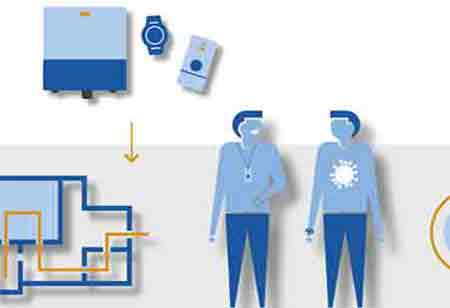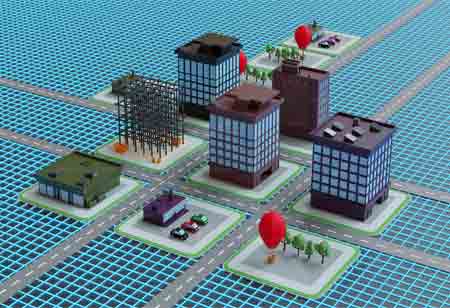Thank you for Subscribing to Gov Business Review Weekly Brief
Disaster Management Through IoT: Key Benefits
Natural disasters are also the most important reasons for human suffering, driving deaths, injuries, diseases, and penury.

By
Gov Business Review | Friday, May 20, 2022
Stay ahead of the industry with exclusive feature stories on the top companies, expert insights and the latest news delivered straight to your inbox. Subscribe today.
Natural disasters are also the most important reasons for human suffering, driving deaths, injuries, diseases, and penury.
FREMONT, CA: All over the world, natural disasters greatly influence a big part of the population. Millions of people have to vacate each year owing to natural disasters. Based on recent figures, 65 million people have evolved as refugees and expatriates due to climate-related disasters. Natural disasters are also the most important reasons for human suffering, driving deaths, injuries, diseases, and penury. Averting disasters is critical to lessen this high level of human suffering.
Natural disaster promptitude methods fall into four categories according to how they manage specific problems. Preparation plans, emergency training, and awake systems are the first phases. Responses enclose emergency isolation, search and rescue operations, and public alert devices. Ultimately, mitigation encloses disaster-effective actions like building code and zoning and, public education, next rescue recovery, which concerns transitional shelter, long-standing healthcare, and therapy. Natural disaster relief techniques can lessen disasters, but the industry has gradually embraced appearing technologies. Lately, this has started to change.
How does the Internet of Things (IoT) impact disaster management?
An IoT ecosystem is composed of devices that link to the internet. Connected sensors have made a substantial contribution by arresting real-time data, sending it to software that explores it automatically, and interpreting the outcomes utilizing artificial intelligence (AI). Numerous industries can advantage from leveraging this connectivity.
Researchers have been gathering seismic sensor data and studying it with AI to consider earthquake magnitudes and patterns. For instance, according to this data, researchers from Google and Harvard are utilizing AI to anticipate the aftershocks of earthquakes.
Sensors also force flood early warning systems. A platform from Google is already under growth that utilizes data gathered from rain gauges besides flood simulation software as a tool for forecasting floods with a higher level of accuracy than can be acquired by conventional systems. The impacts of volcanic explosions are destructive and hard to predict. Future work on studying ash fragment shapes to decide volcano types and better predict outbreaks will probably enhance these predictions with AI and IoT.
The capacity of IoT in disaster prevention
Recent years have witnessed fast progress in disaster prevention utilizing IoT, but some restrictions are still required to be overwhelmed before IoT can be completely utilized. Speaking of AI systems, there is a chance that there could be blunders in the data to gratify the system, for instance.
For IoT to succeed in this field and develop into life-saving applications, researchers must concentrate on cracking current AI problems to allow IoT to move forward in this field. They are required to ensure that sensors can gather high-quality data and employ professionals to design effective adoption plans. Bringing in experienced researchers with artificial intelligence mastery will enable them to accomplish this.
More in News






